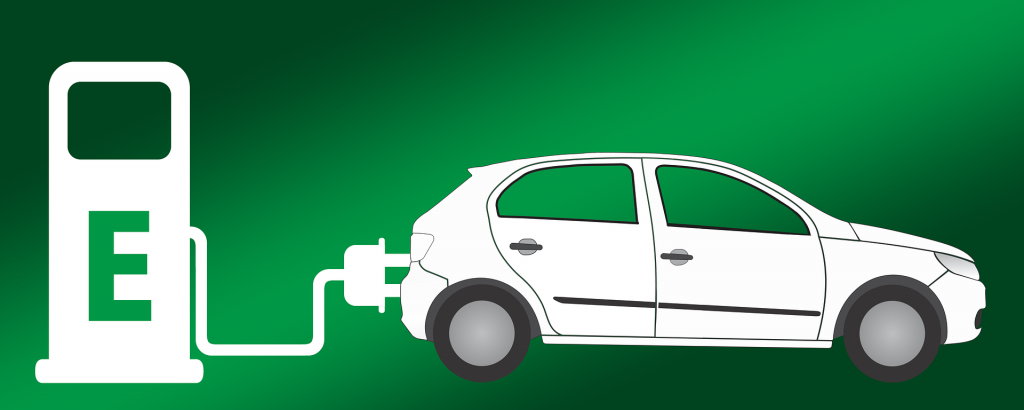Israeli company StoreDot recently announced it can now mass produce electric vehicle batteries that can be fully charged in just five minutes. “The bottleneck to extra-fast charging is no longer the battery,” claimed the firm’s chief executive. But is this fast-charging battery really a gamechanger? And if so: exactly how?
Electric vehicle charging speeds are a minefield and can be tough to understand. The latest models claim peak charging rates of over 900 miles in an hour, but the average rate when charging from 10% to 80% of battery capacity is typically about half that. The last bit of the battery is surprisingly hard to “stuff”: beyond 80%, and outside normal operating temperatures, rapid charging slows dramatically.
Even if you understand the capability of your car and its battery, the rate of charging is also constrained by the capacity of the charger itself. The UK, for instance, only has a handful of what we regard today as “ultrafast” chargers capable of delivering over 100 kilowatts.
Most people drive well under 50 miles per day so, with modern electric cars capable of more than 200 miles on a single charge, they only need powering up once or twice a week. For the 60% or so of households with off-street parking, this can be done overnight during off-peak periods. Even if you fancied driving the entire length of the UK from Land’s End to John O’Groats, you could do it today with a 30-40 minute charging break every 2-3 hours.
For those who cannot home charge, there are already other options such as workplace charging or perhaps rapid charging during your weekly shop. There is little doubt that we could adopt electric vehicles without such high charging rates, but that relies on behavioural change when it comes to “filling up”. Five-minute charging removes a perceived barrier for many and makes electric vehicle adoption a much simpler choice for those without access to home charging.
Another significant benefit comes on longer journeys. For now, few people own electric cars and so it is rare to find rapid chargers occupied en route, but this is likely to change over time. Already, Tesla drivers leaving California at Thanksgiving can spend hours waiting for chargers – will similar bottlenecks pop up across the world as the rest of us catch up with the early adopters of Silicon Valley? Five-minute charging would reduce the number of rapid charge points required at a service station by a factor of ten, which would probably improve the economics too since rapid charge points are expensive. The hardware alone costs tens of thousands of dollars.
The line at the @Tesla supercharger in Concord – 1 year ago I started coming here and it was a ghost town, and now folks are camping out for some of the clean juice. @elonmusk will Teslas currently in production be able to charge faster when faster charging stations arrive? pic.twitter.com/0B8XKhR5WK
— https://sfba.social/@sdaswani (@sdaswani) February 9, 2019
Higher charge rates may not necessarily imply the need for more network infrastructure at charging hubs, since there would be fewer cars charging simultaneously. However, StoreDot indicates adding 300 miles of range in five minutes, which suggests charge rates approaching 1 megawatt, three times the rate of the fastest chargers available today. This is a significant power demand and, as a result, you are unlikely to find such chargers on every street corner, or indeed, at every existing petrol station. The necessary substations and cables and so on are simply not there. Such high charging powers will also require a new design of car connector and potentially cooled cables, which will be bulky and hard to handle. Perhaps wireless charging will have to become the norm.
Can the grid handle superfast charging?
 Electric vehicles have the potential to overload local networks, and sudden increases in demand can cause problems for power generators. When cars are predominantly charged overnight or on slower chargers during the day, as happens at present, these issues are relatively easy to manage. But if high-speed charging means commuters will power up their cars on their way to and from work, then this concentrated demand for electricity will coincide with existing peaks in demand. As intermittent renewable energy becomes more common, this could cause major problems for grid system operators, since no one can order the wind to blow or the Sun to shine in convenient morning and evening bursts.
Electric vehicles have the potential to overload local networks, and sudden increases in demand can cause problems for power generators. When cars are predominantly charged overnight or on slower chargers during the day, as happens at present, these issues are relatively easy to manage. But if high-speed charging means commuters will power up their cars on their way to and from work, then this concentrated demand for electricity will coincide with existing peaks in demand. As intermittent renewable energy becomes more common, this could cause major problems for grid system operators, since no one can order the wind to blow or the Sun to shine in convenient morning and evening bursts.
As it stands, electric vehicles are seen as a potential means to manage this intermittency through controlled charging and even vehicle-to-grid, where car batteries can supply power back to the grid at times of low generation. Widespread adoption of rapid charging instead of home and work charging would reduce the opportunity for this type of system management.
Fast charging batteries could also reduce the environmental impact of cars and other battery devices. For most drivers, who only occasionally do long journeys, a car with a smaller, lighter battery, which will also be more efficient and cheaper, may be more attractive since there will be less inconvenience from charging stops. This could also have beneficial implications for other battery uses: perhaps you don’t need two batteries for your power tools if you can recharge in just one minute?
Ultimately, this could mean fewer batteries are needed and thus less environmental damage from extracting the materials and manufacturing them. While five-minute charging is not a complete gamechanger, it makes the transition to electric vehicles an easier sell.
- is PhD Candidate, Electric Vehicles, University of Sheffield
- is Senior Lecturer in Chemical Engineering, University of Sheffield
- This article first appeared on The Conversation




